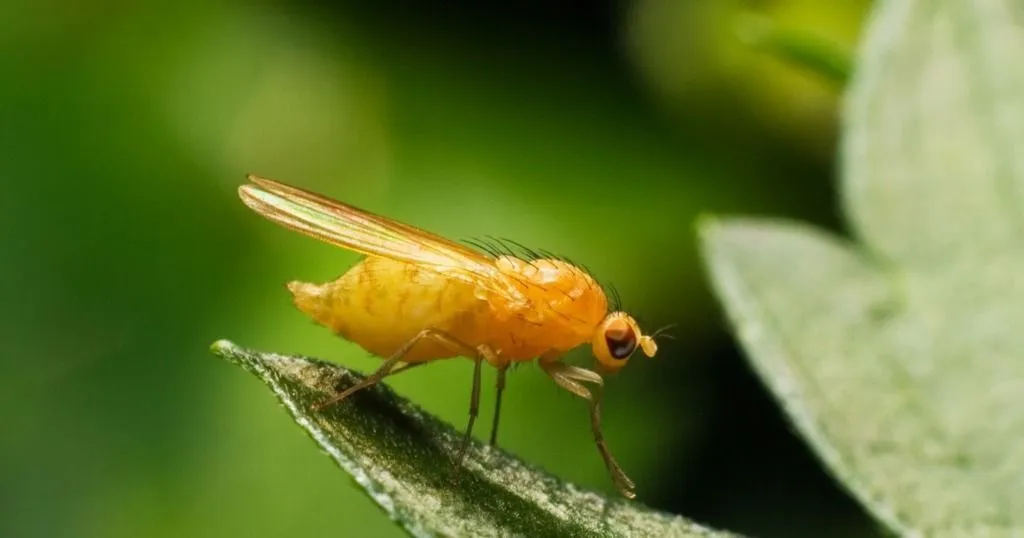Environmental enrichment rescues autistic-like behaviors in mice
A recent mice study from The Scripps Research Institute shows that behavioral therapy might still be successful in later diagnosis of ASD with macrocephaly, laying groundwork for successful late interventions.
Posted by
Published on
Tue 11 Jan. 2022
Topics
| Autism | EthoVision XT | Mice | Video Tracking |
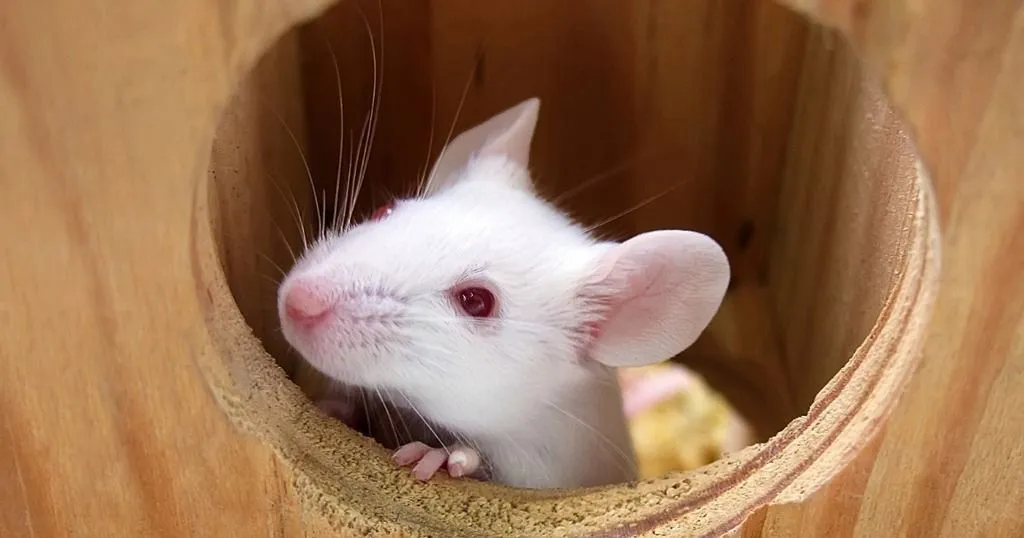
As we know, Autism Spectrum Disorder (ASD) has no cure. There is no pill to take to make it go away, but there are several behavioral therapies that seem to help people with varying degrees of autism.
Early diagnosis of autism
Generally, behavioral therapy is most effective when started early. The sooner the better, so early diagnosis of ASD is important. Unfortunately, many children are diagnosed when they are a couple of years old. By that age, neuro-anatomical abnormalities are already established, and behavioral therapy might be less effective.
Groundwork for effective therapy
A recent study done by a group of researchers at The Scripps Research Institute (Florida) gives new hope. Using a mouse model, they show that multi-modal intervention can at least partially rescue the behavioral abnormalities.
These are promising results, laying the groundwork for the development of new effective therapies, even in late ASD diagnosis.
Brain overgrowth and ASD
As we know, autism is a spectrum disorder with varying degrees of severity. A subset of ASD patients presents with macrocephaly and megalencephaly, meaning that they have overgrowth of the head and brain. These people have a genetic PTEN mutation.
The research group at The Scripps Research Institute used a Pten+/- mice strain as a model for the PTEN mutations in macrocephaly/autism syndrome. They previously found that these mice show social and repetitive behavior deficits and brain overgrowth.
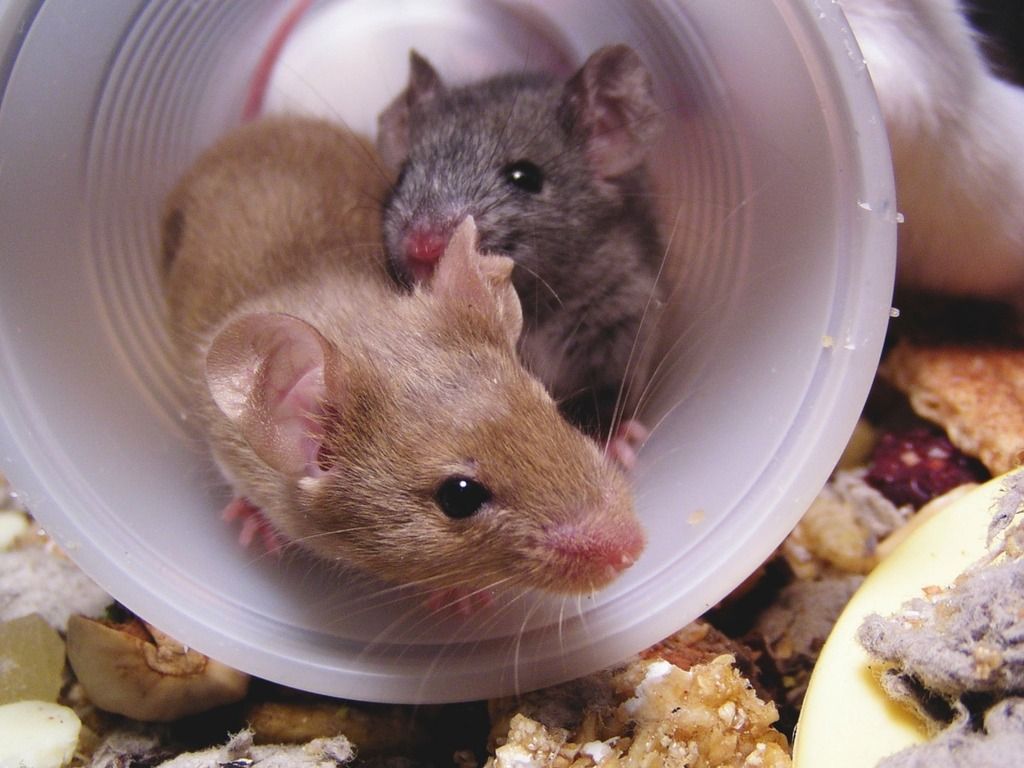
Environmental enrichment
The environment one is raised in and experiences in life can have effect on how the brain develops. So this research group was interested in finding out if environmental enrichment and play sessions might help with behavioral deficits in this mouse model.
More specifically, they wanted to test this after the brain overgrowth was already established, to see if ‘behavioral therapy’ could still alter the phenotype after neuro-anatomical changes were hard-wired.
Mutated and wild type mice were reared in groups in either standard cages or enriched cages. The latter group was also exposed to daily play sessions in another area. Several tests for social and repetitive behavior were done, as is typical in ASD research.
Social approach
Researchers started with a 3-chambered setup to investigate social approach. Mice were given the choice between spending time in a chamber with or without a same-sex stimulus mouse confined to a small cage. EthoVision XT video tracking was used for automatic measurement of the time spend in each chamber, distance from social stimulus, and distance traveled.
Interestingly, only female Pten+/- mice raised in standard cages showed significantly less social preference than the control mice did. Raising them in an enriched environment completely restored their social interest.
Social recognition
The 3-chambered arena was also used to test for social recognition, using a so-called habituation/dishabituation procedure. In consecutive trials, the stimulus mouse from the previous test was presented four times in a row. The fifth time, a novel mouse was used.
Most mice show normal habituation in this test, getting used to the stimulus mouse and showing less interest over trials. Pten+/- males did too, but interestingly they showed no dishabituation, not recognizing that the last stimulus mouse was new to them. This ‘deficit’ was corrected when these males were raised in an enriched environment.
Marble burying
Next up was the marble burying test, in which mice got 30 minutes and 20 black marbles at their disposal. Marbles that were buried at least 2/3 into the bedding were counted as a measure for repetitive behavior.
From previous studies, researchers knew that the male Pten+/- mice would probably show increased repetitive marble burying, and that the females with this mutation would not. And indeed, they met expectations. Here, raising these males in an enriched environment saved the phenotype, normalizing their behavior.
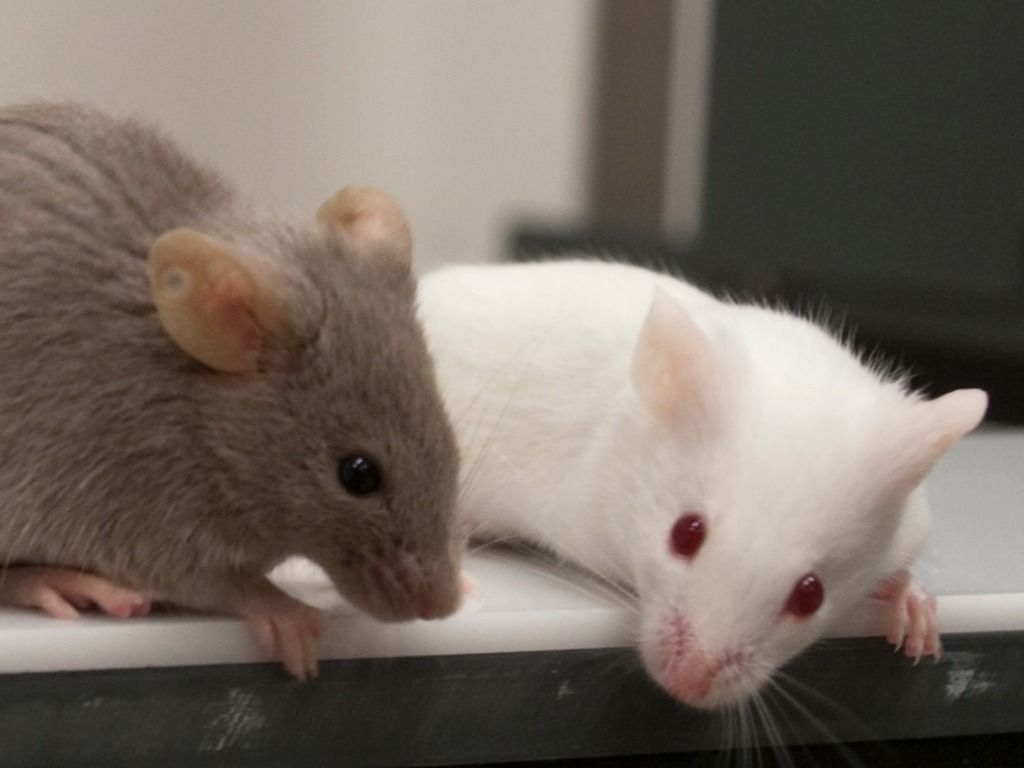
Rescue of phenotype
In this study, the environmental enrichment and play sessions show to have the potential to at least partially rescue the behavioral phenotype of decreased social behavior in Pten+/- females and decreased repetitive behavior in Pten+/- males.
Restoration of protein balance
So how about the neuroanatomical changes? The increased brain size of Pten+/- mice stayed the same, regardless of how they were raised. But environmental enrichment did have another important effect.
Researchers found that in Pten+/- mice the balance between specific inhibitory and excitatory proteins in the frontal cerebral cortices was off, and that this effect was partially reversed by raising them in an enriched environment.
Differences between males and females
The impact of environmental enrichment differs between males and females. This is something researchers were not surprised about given their previous experiences with the sexual dimorphic character of Pten mutation lines.
Benefits from late intervention
This study shows that, although some neuro-anatomical changes were set, changes in the brain are still possible and autistic-like behavior was ‘normalized’ by subjecting mice to multi-modal interventions.
These results give hope for late intervention therapies in human ASD patients. It provides great groundwork for further study into the mechanisms behind the effects of behavioral therapy.
Reference
Clipperton-Allen, A.E.; Zhang, A.; Cohen, O.S.; Page, D.T. (2021). Environmental Enrichment Rescues Social Behavioral Deficits and Synaptic Abnormalities in Pten Haploinsufficient Mice. Genes, 12, 1366.
Related Posts

Are there objective tests for predicting autism severity?
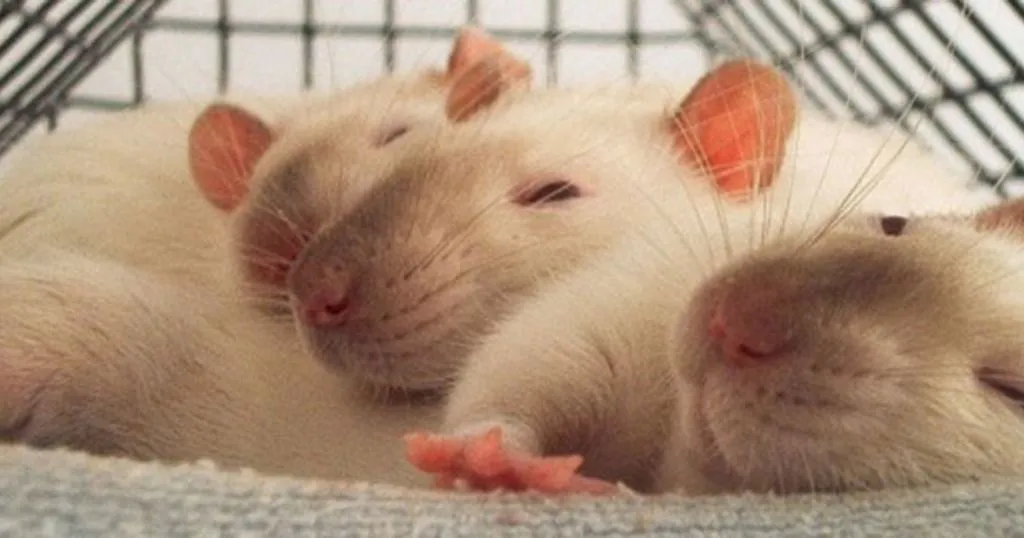
The search for autism models continues - why rats are important
